Hortensia Herrero Art Centre puts Valencia on the contemporary art map
Hortensia Herrero Art Centre launches in Valencia, offering a home for contemporary art to sit side by side with archaeological treasures
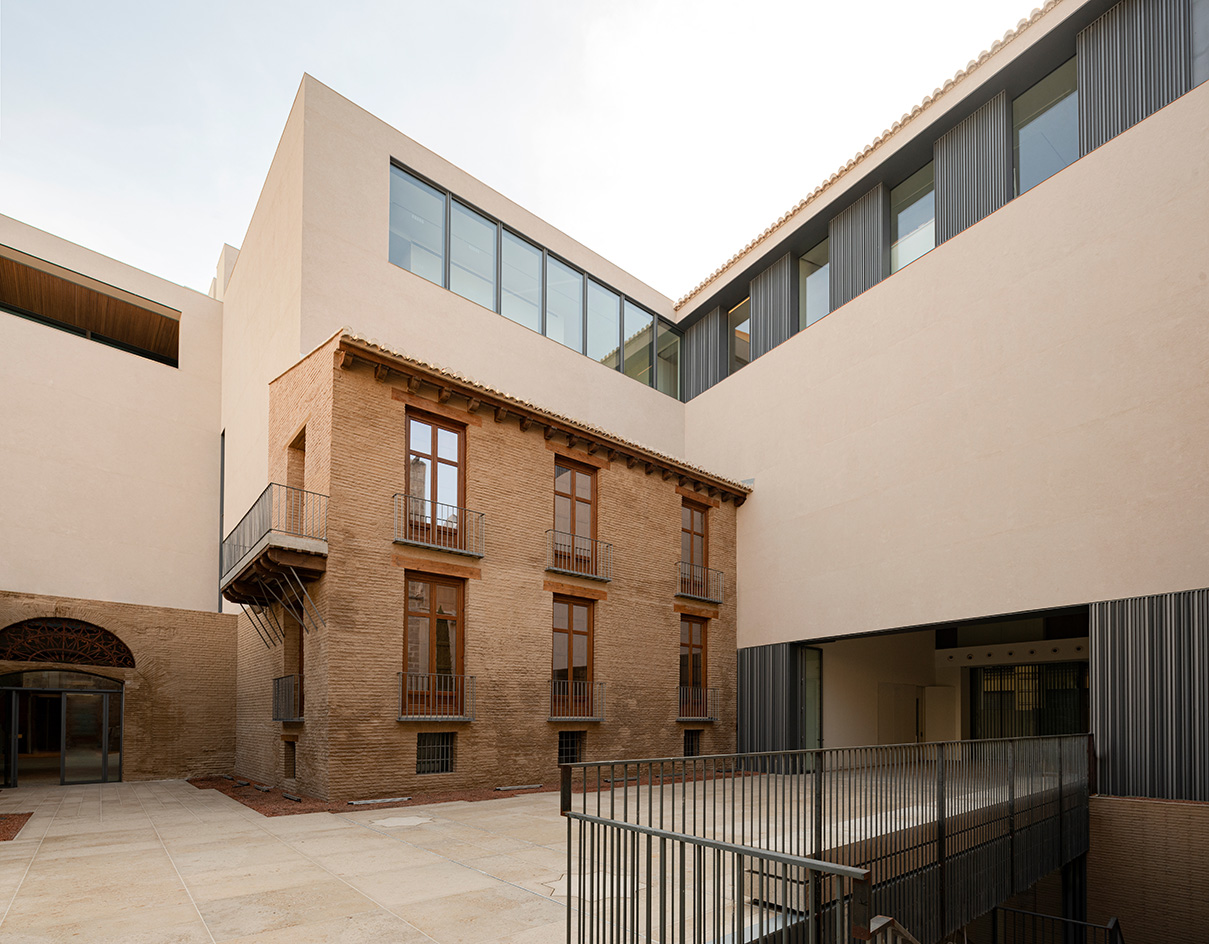
The Hortensia Herrero Art Centre (CAHH), housed in a meticulously renovated 17th-century palace in the heart of Valencia, is set to put this sunny Mediterranean city on the contemporary art map. The vice president and partial owner of one of Spain’s largest grocery store chains, Hortensia Herrero has long supported cultural initiatives in her native city, turning her focus during the last decade to developing a personal art collection for an eventual art centre.
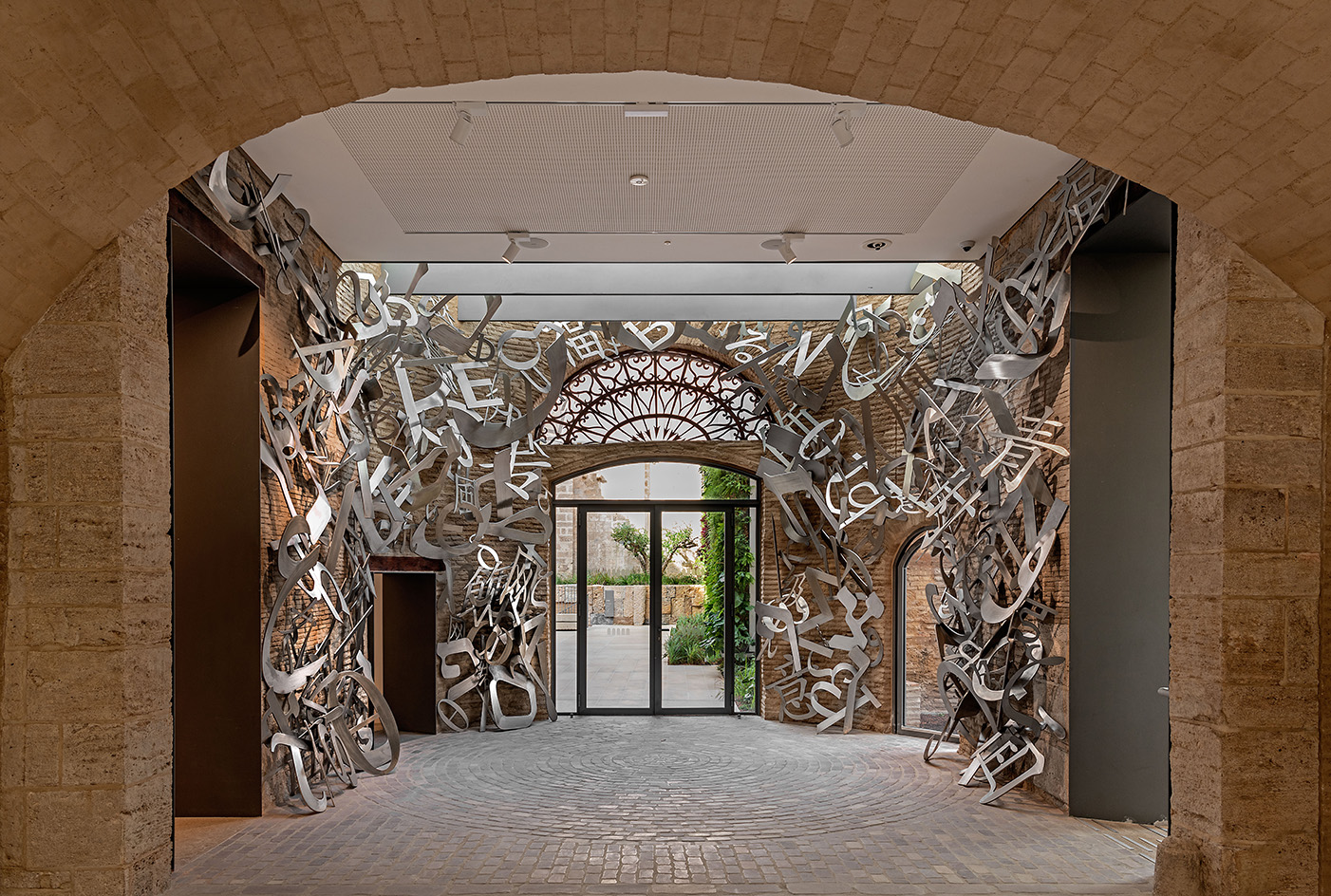
The CAHH comprises two buildings: the 17th-century palace, which was in ruins at the time of purchase, and a new building addition that together with the existing one creates 3,500 sq m of exhibition space over four floors and 17 rooms. The renovation took over five years to complete and cost 40 million euros – from the art to all of the architectural interventions. With her advisor, Javier Molins, Herrero amassed an extensive collection of late 20th- and early 21st-century work by established artists, among them, Anselm Kiefer, Olafur Eliasson, Cristina Iglesias, Michal Rovner and David Hockney; but it is the story of the 17th Palacio Valeriola that adds a layer of intrigue and history into the story.
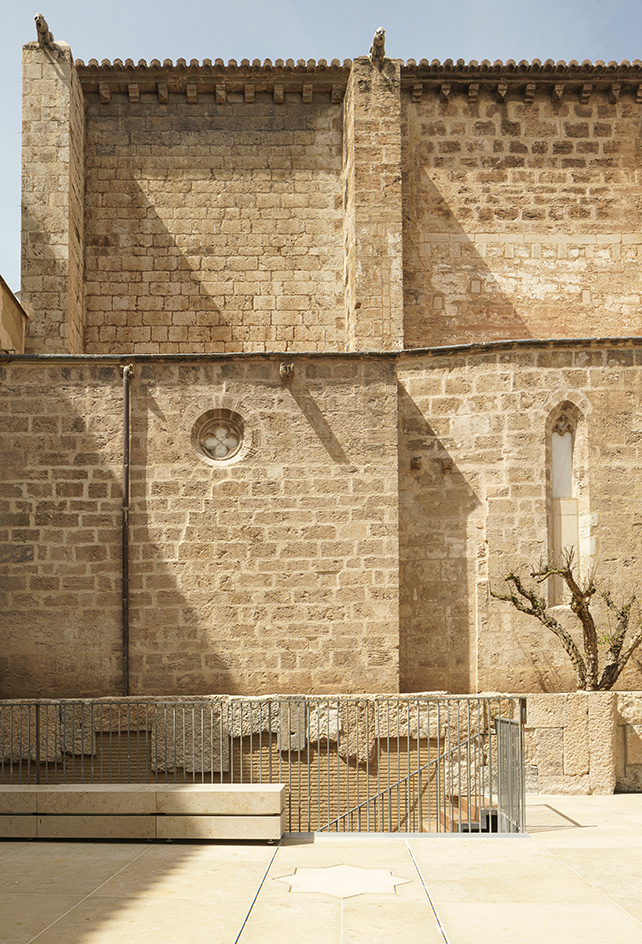
Hortensia Herrero Art Centre: a new home for contemporary culture
During the initial phase of renovation, led by Valencian architecture studio ERRE Arquitectura, the team discovered a series of archaeological ruins from across the ages on site: part of a Roman circus, including a skull of a horse likely sacrificed in honour of an event; a medieval oven, where they found remnants of fish bones, eggshells and kitchen ceramics; the remains of an 11th-century Islamic patio, including an eight-pointed fountain; part of an alleyway from when the area was a Jewish quarter; as well as jars, vessels and other smaller artefacts.
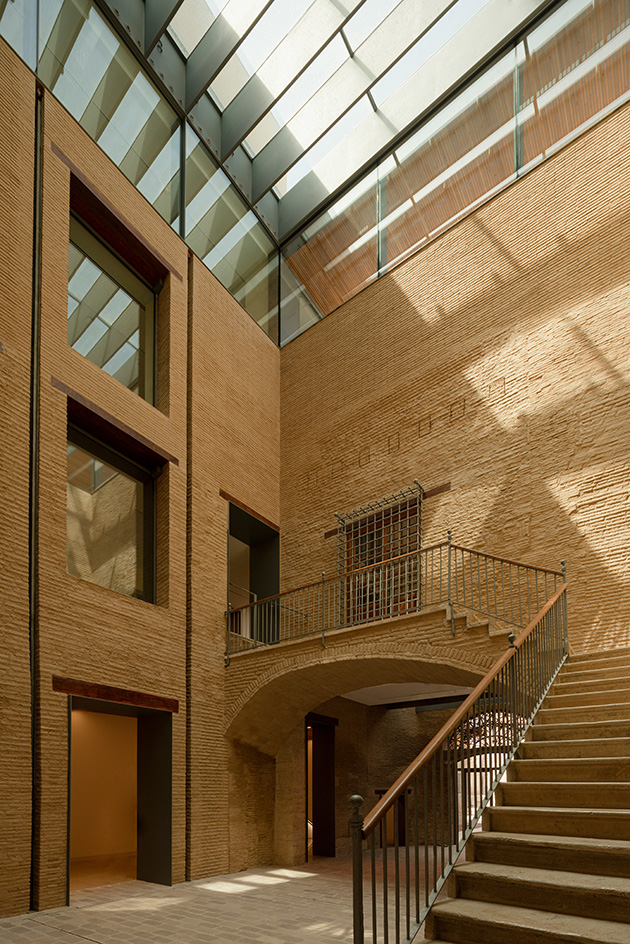
Rather than isolate the artefacts and contemporary art, ERRE created a fluid dialogue between past and present, bringing them together to show the layers of history that are found on this site. One of the best examples of this approach is Mat Collishaw’s film, Left in Dust (2023), made following his first site visit, when he saw the remains of the Roman circus. A large, oval-shaped LED screen installed near the circus projects images of horses running – first in empty space and then, as they gain speed, in front of a crowd of cheering spectators – a reference to chariot races and the Romans’ love of gladiatorial combat.
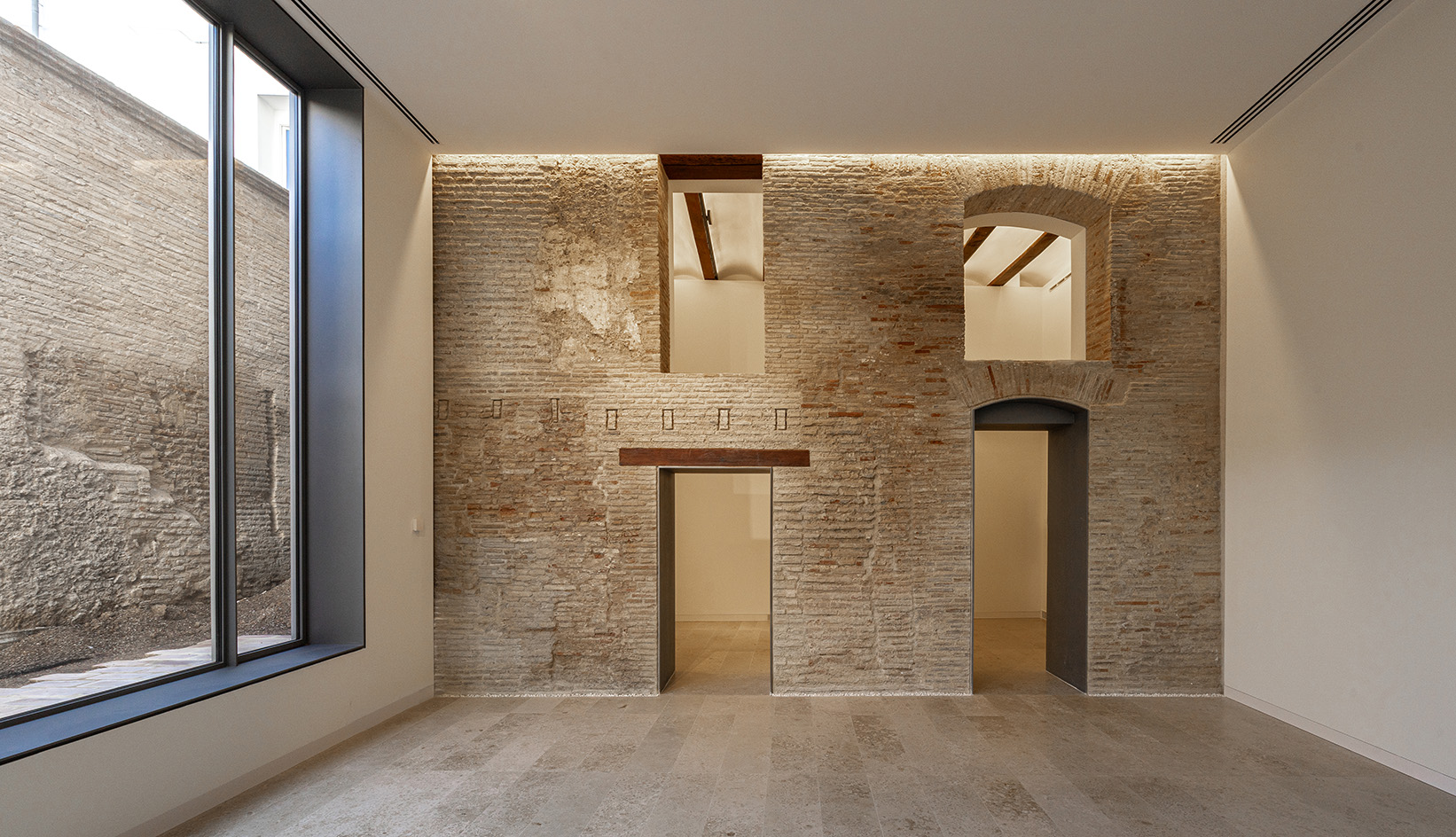
Another site-specific installation is found in what was the former apse of the palace that connects the interior with the exterior patio. Here, Jaume Plensa used high-grade steel to cut out letters from various alphabets, creating a sort of second skin on the wall that speaks to the diversity of cultures and languages.
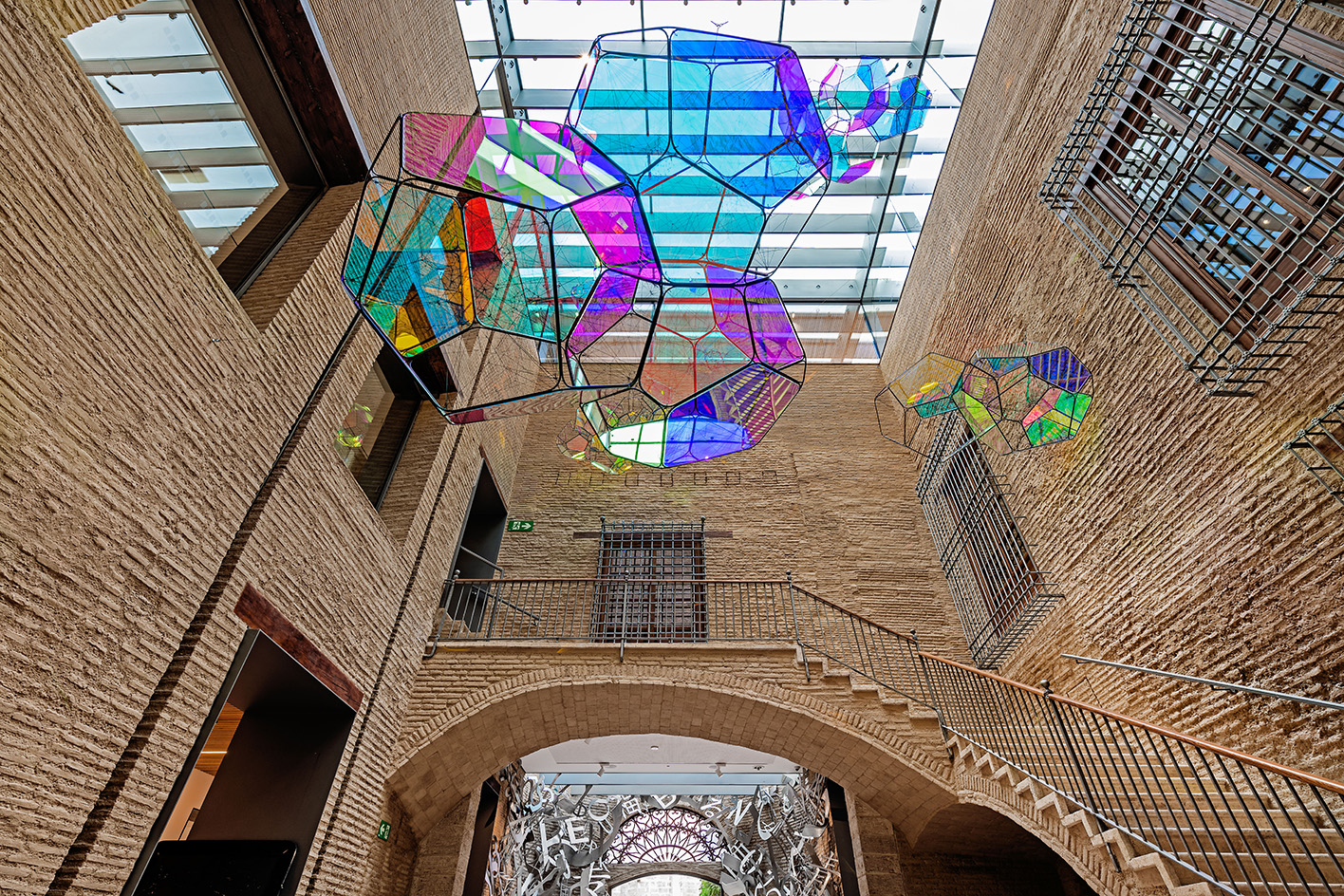
The main entrance of the art centre is an impressive triple height space from which an installation by Tomas Sareceno hangs down. Corona Australis 38.89, a series of coloured glass clouds that reflect multi-coloured light onto the traditional brown brick of the palace walls, was the first piece commissioned for the space in 2018.
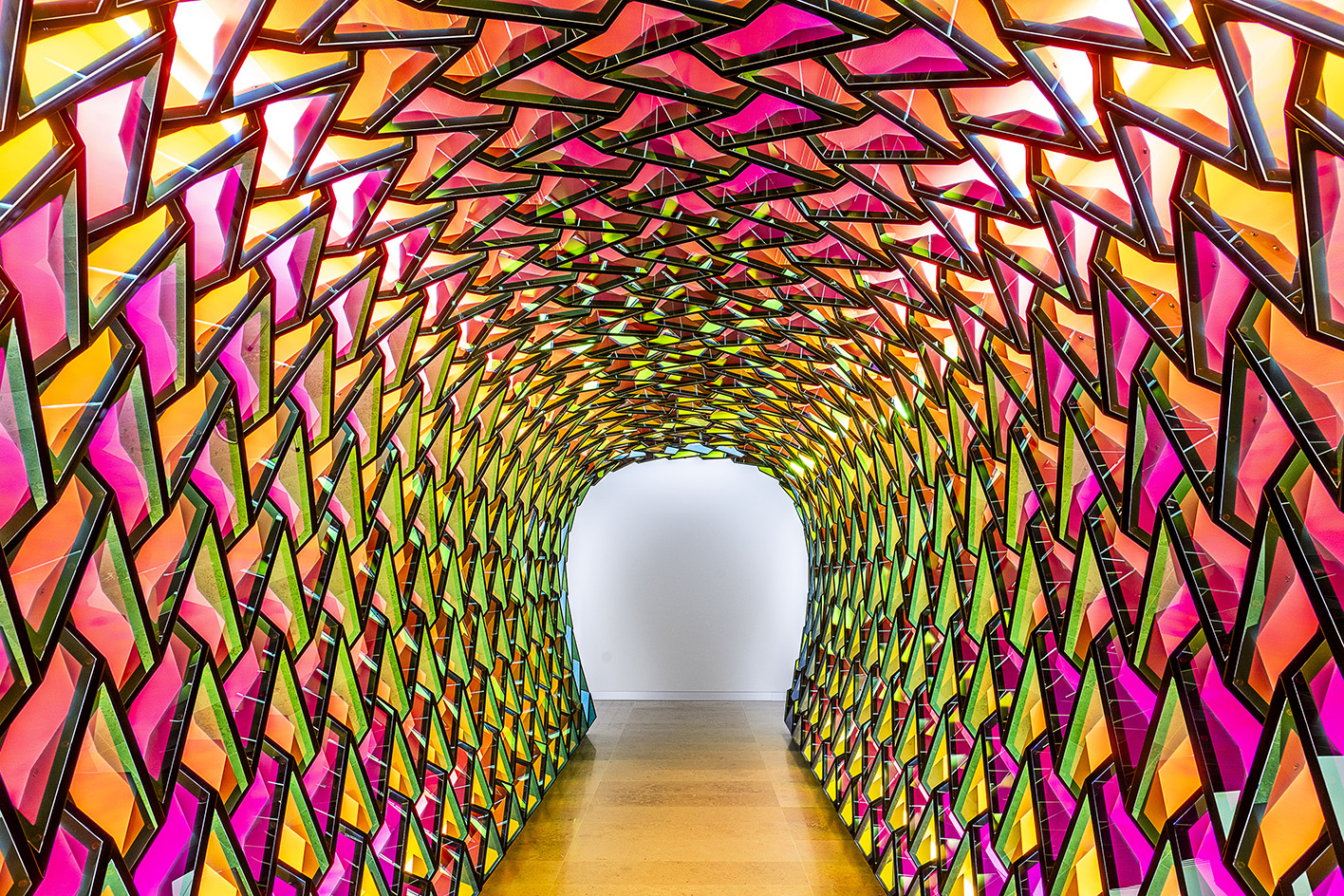
Several gallery spaces in the building engage with the past in very intimate ways. The former chapel was given over to Sean Scully, who produced two site-specific stained-glass windows and a painting meant for contemplation, while on the ceiling are original paintings by 19th-century Valencia-born painter Juan Sorolla and three of his students.
Wallpaper* Newsletter
Receive our daily digest of inspiration, escapism and design stories from around the world direct to your inbox.
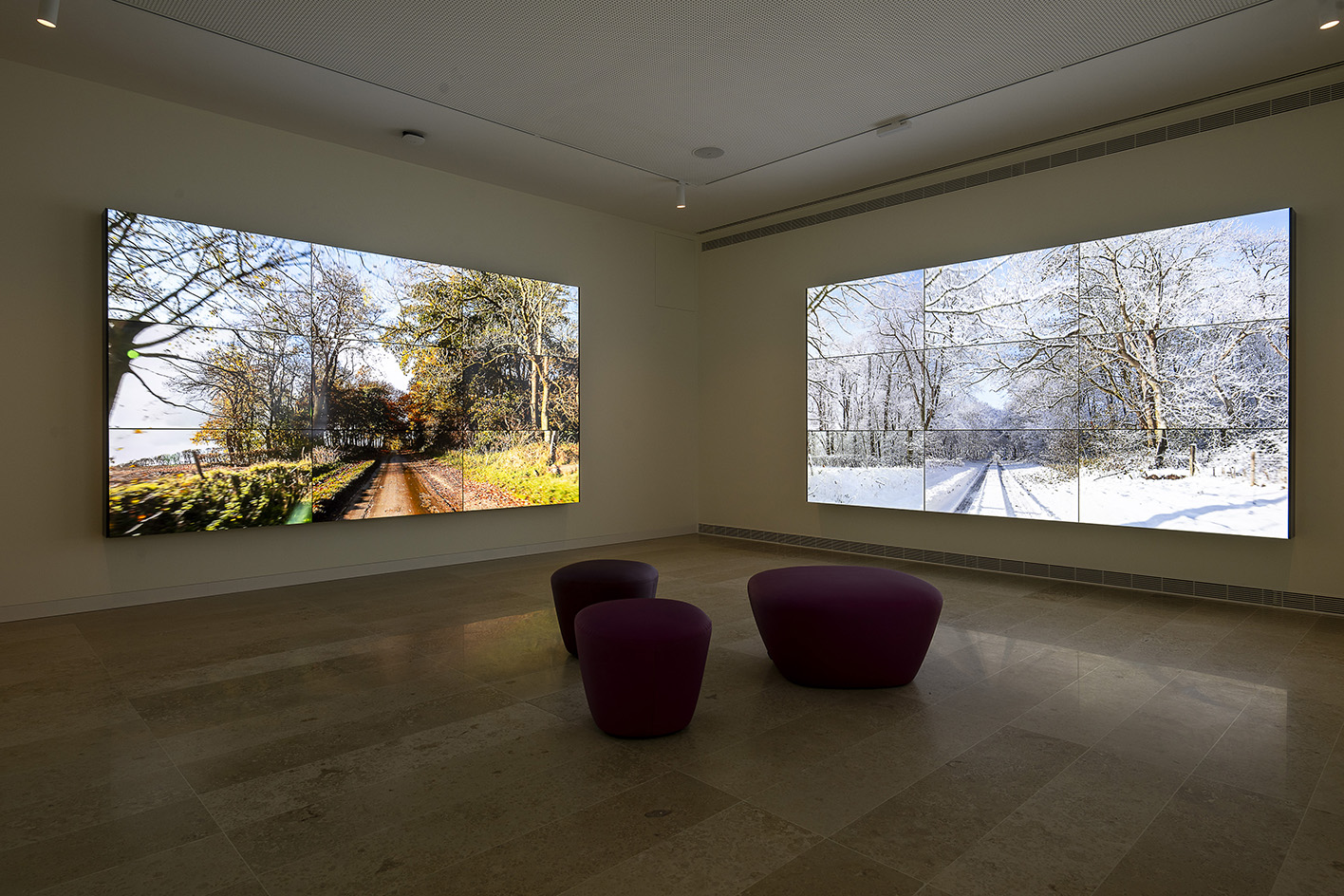
The top floor of the palace, formerly an attic used for drying clothes and food, features a slanted roof with wood beams and a colonnade of rounded windows. Here, in addition to works by Tony Cragg, Blanca Munoz, El Anatsui, Anish Kapoor and Elmgreen & Dragset, are original drawings and writings from the 17th century that had been left on the wall, as well as a small fragment of a former stairway, now framed with a Plexiglas window for viewers to see. Experiencing contemporary art within this context, it is hard not to see the work as part of a longer arc of history; a reflection of today but another piece of a bigger story.

The CCAH marks a new chapter not only for the city of Valencia and contemporary art, but of this historic location and its layered past.
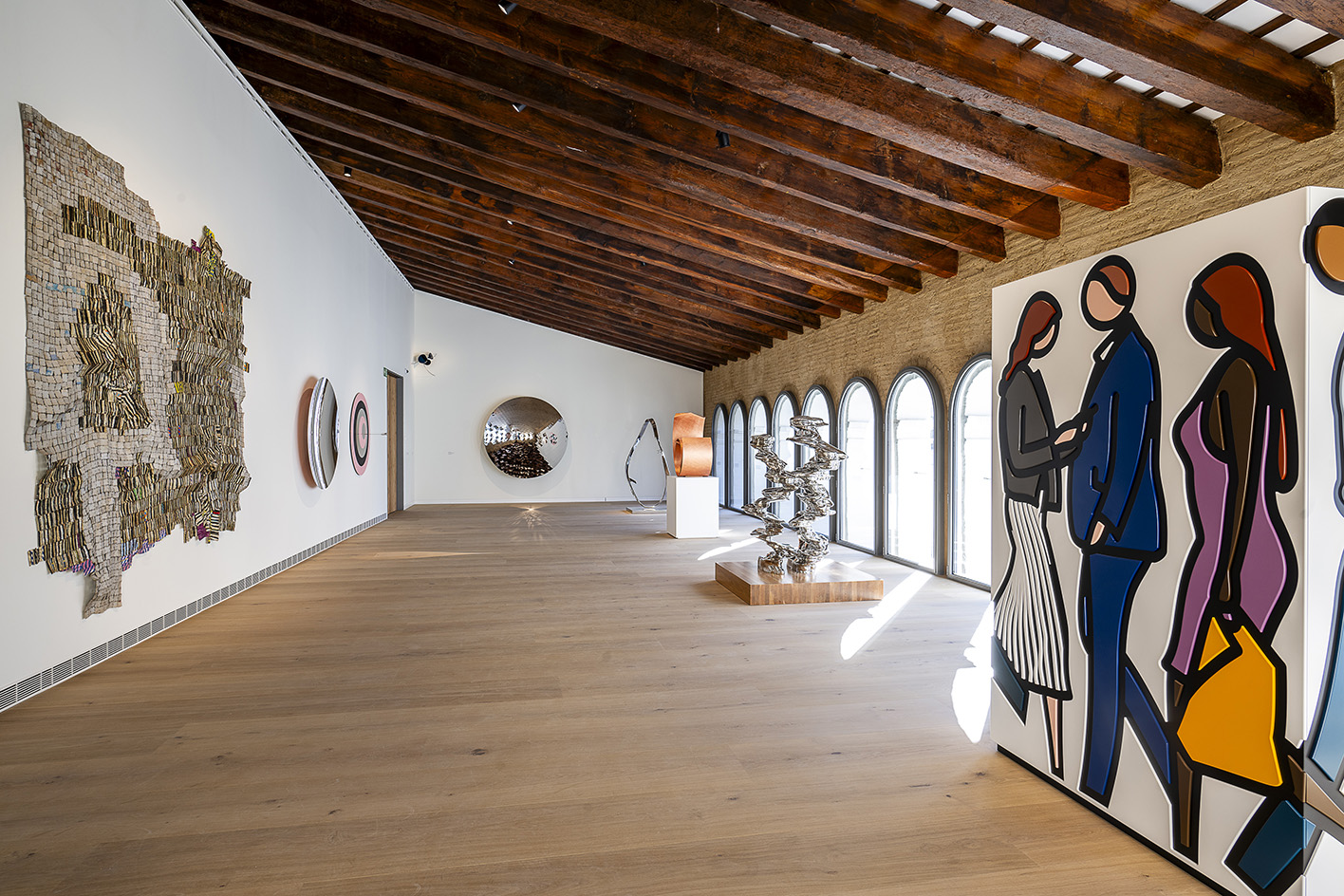
Blaire Dessent is a freelance writer, editor and copywriter specialising in contemporary design, craft, art and travel. She works as the managing editor for TL magazine, a biannual, French/English art and design publication. In 2020 she was an editor and contributor to Imaginings by Kiki van Eijk, published by nai010. She is also the co-owner of The Alameda Shop, a creative lifestyle shop in Mallorca that works with contemporary artists and makers.
-
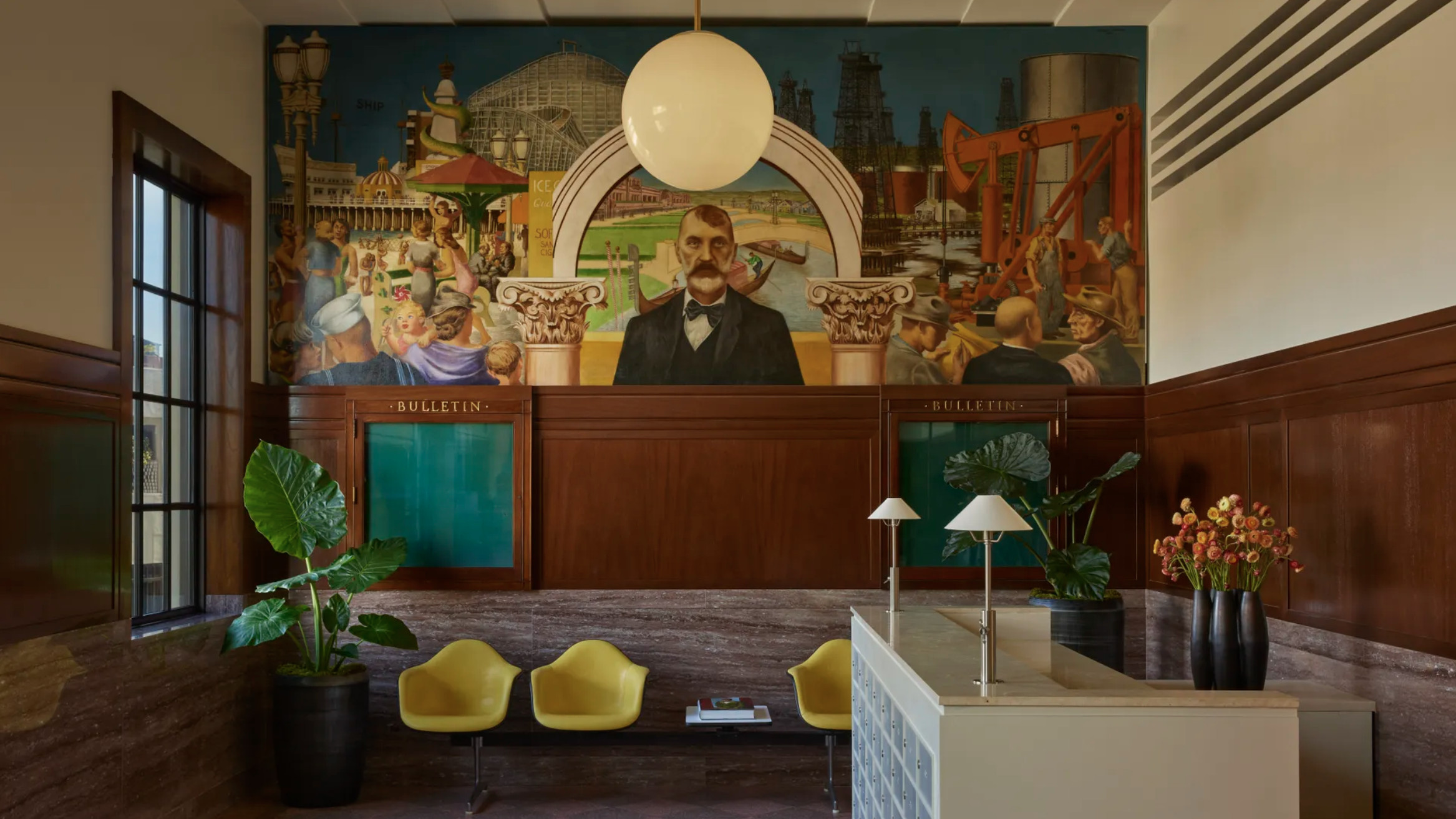 The Lighthouse draws on Bauhaus principles to create a new-era workspace campus
The Lighthouse draws on Bauhaus principles to create a new-era workspace campusThe Lighthouse, a Los Angeles office space by Warkentin Associates, brings together Bauhaus, brutalism and contemporary workspace design trends
By Ellie Stathaki
-
 Extreme Cashmere reimagines retail with its new Amsterdam store: ‘You want to take your shoes off and stay’
Extreme Cashmere reimagines retail with its new Amsterdam store: ‘You want to take your shoes off and stay’Wallpaper* takes a tour of Extreme Cashmere’s new Amsterdam store, a space which reflects the label’s famed hospitality and unconventional approach to knitwear
By Jack Moss
-
 Titanium watches are strong, light and enduring: here are some of the best
Titanium watches are strong, light and enduring: here are some of the bestBrands including Bremont, Christopher Ward and Grand Seiko are exploring the possibilities of titanium watches
By Chris Hall
-
 This striking Spanish house makes the most of a tricky plot in a good area
This striking Spanish house makes the most of a tricky plot in a good areaA Spanish house perched on a steep slope in the leafy suburbs of Barcelona, Raúl Sánchez Architects’ Casa Magarola features colourful details, vintage designs and hidden balconies
By Léa Teuscher
-
 This brutalist apartment in Barcelona is surprisingly soft and gentle
This brutalist apartment in Barcelona is surprisingly soft and gentleThe renovated brutalist apartment by Cometa Architects is a raw yet gentle gem in the heart of the city
By Tianna Williams
-
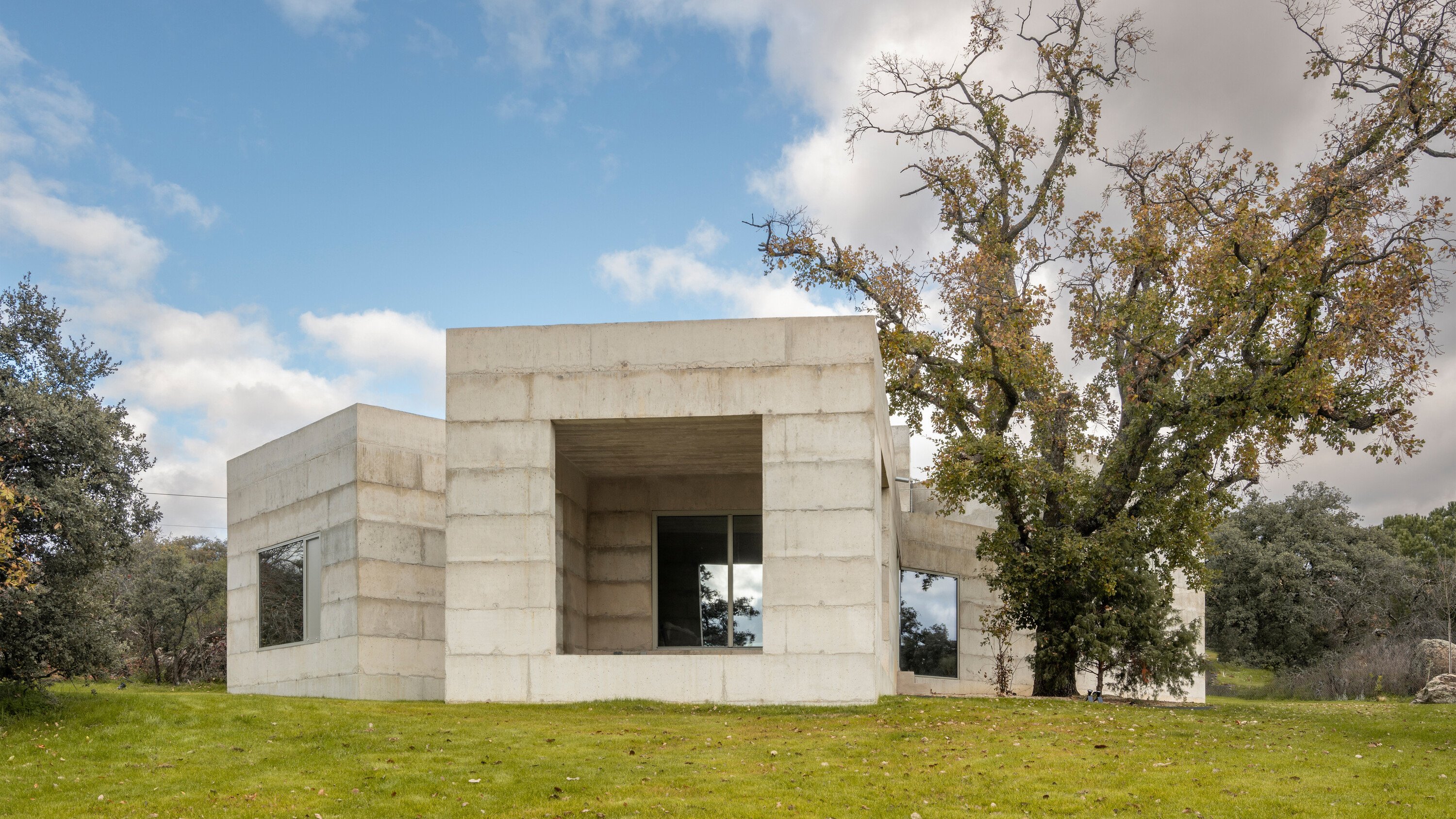 A brutalist house in Spain embraces its wild and tangled plot
A brutalist house in Spain embraces its wild and tangled plotHouse X is a formidable, brutalist house structure on a semi-rural plot in central Spain, shaped by Bojaus Arquitectura to reflect the robust flora and geology of the local landscape
By Jonathan Bell
-
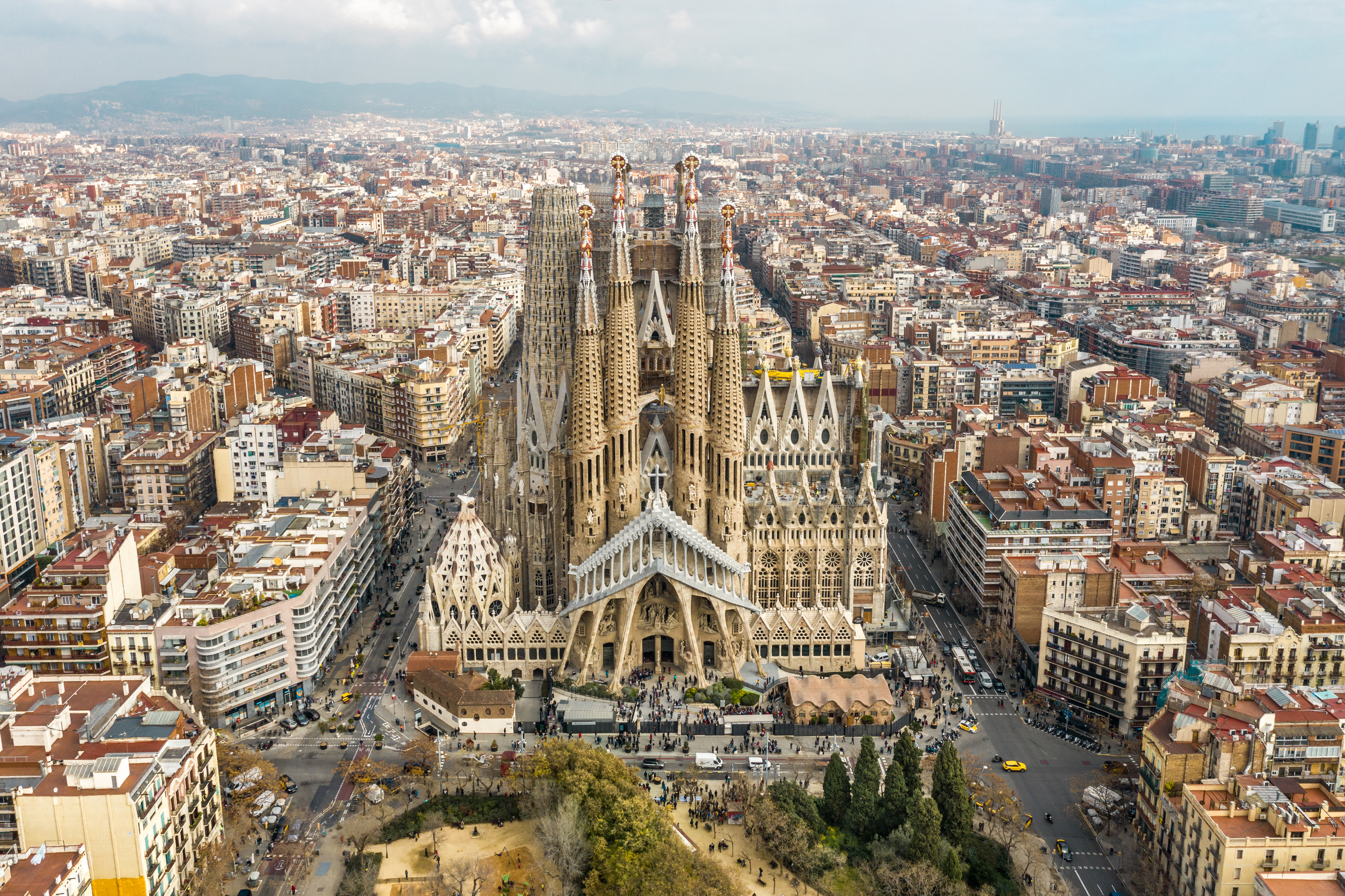 Antoni Gaudí: a guide to the architect’s magical world
Antoni Gaudí: a guide to the architect’s magical worldCatalan creative Antoni Gaudí has been a unique figure in global architectural history; we delve into the magical world of his mesmerising creations
By Ellie Stathaki
-
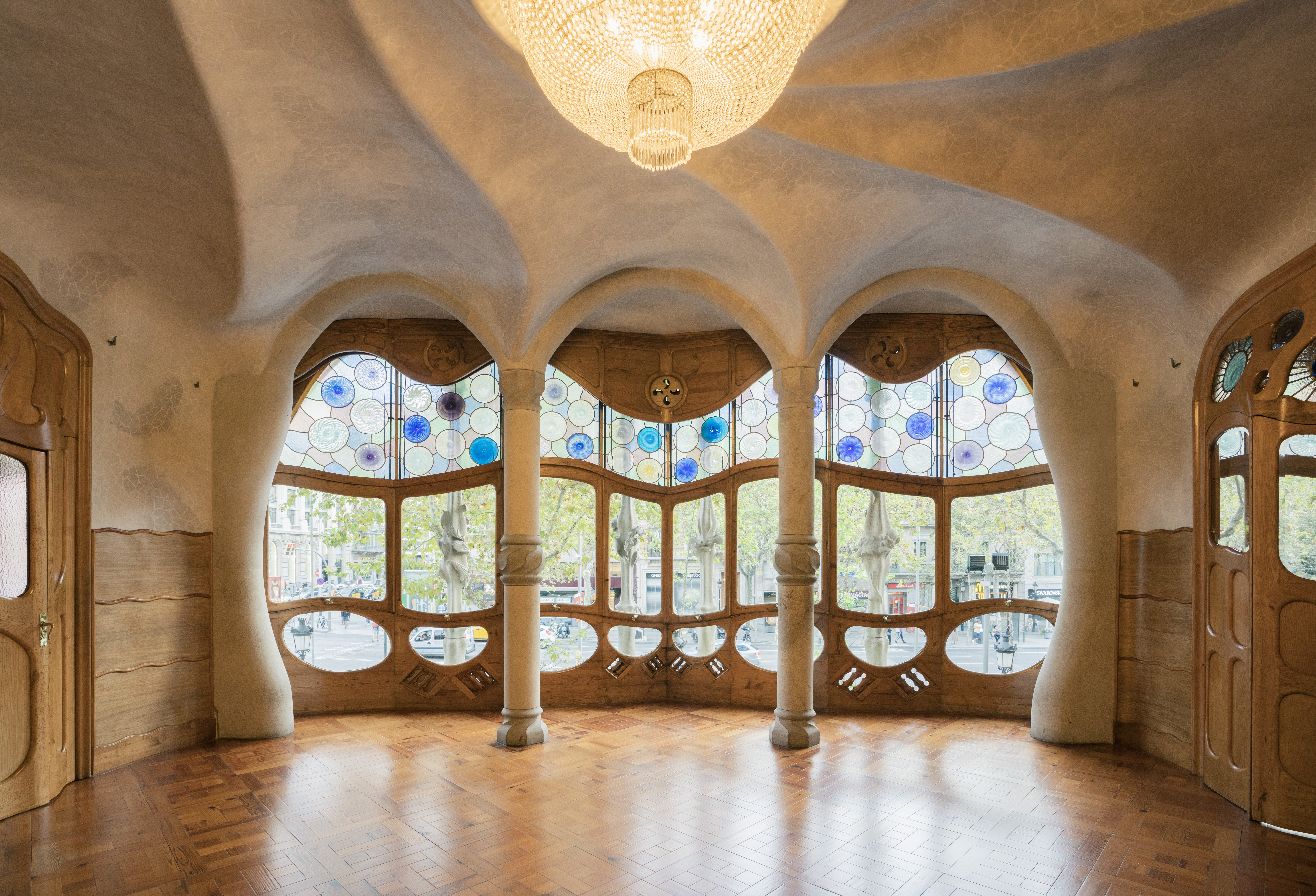 The case of Casa Batlló: inside Antoni Gaudí’s ‘happiest’ work
The case of Casa Batlló: inside Antoni Gaudí’s ‘happiest’ workCasa Batlló by Catalan master architect Antoni Gaudí has just got a refresh; we find out more
By Ellie Stathaki
-
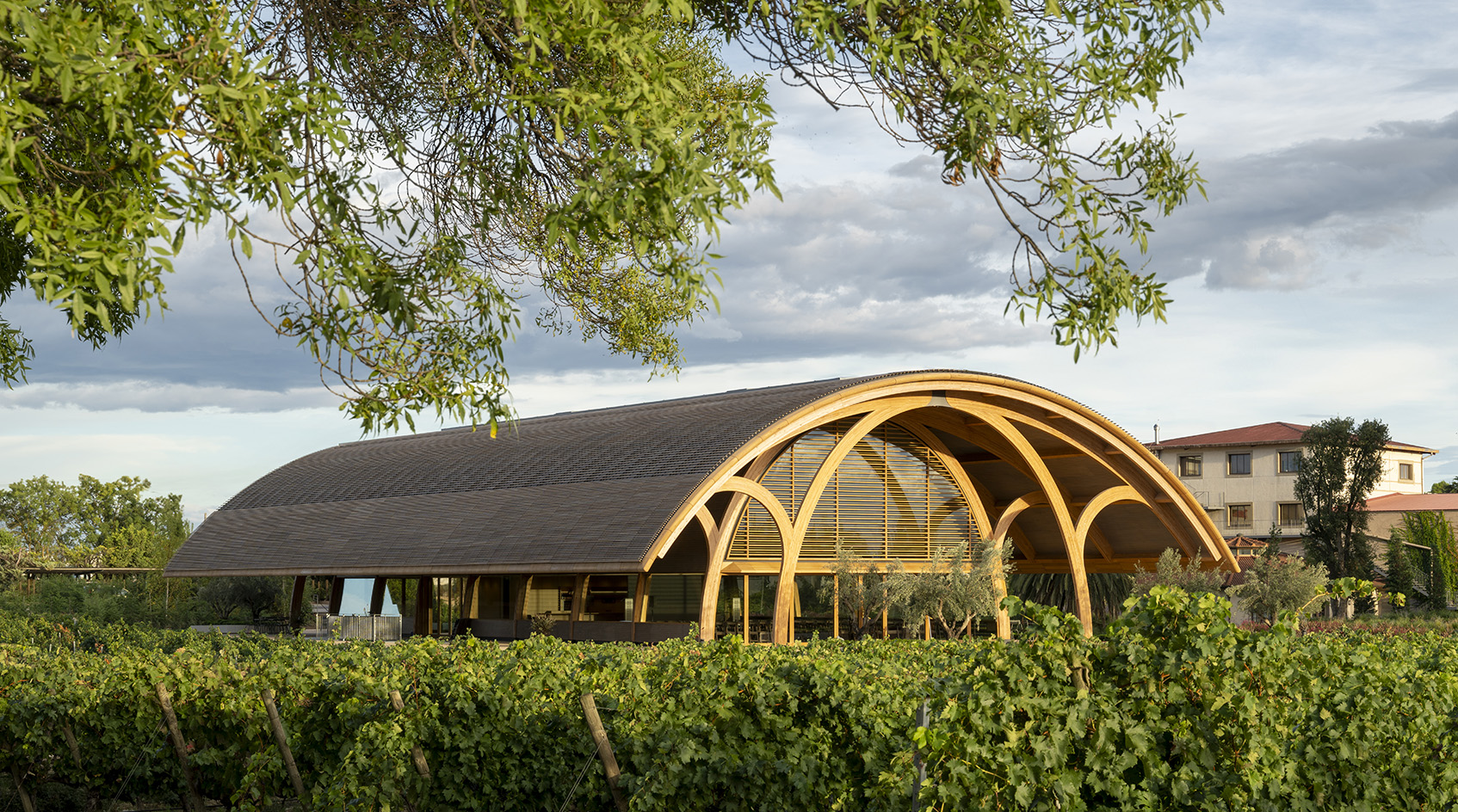 Bodegas Faustino Winery celebrates process through its versatile vaulted visitor centre
Bodegas Faustino Winery celebrates process through its versatile vaulted visitor centreBodegas Faustino Winery completes extension by Foster + Partners in Spain, marking a new chapter to the long-standing history between the architecture practice and their client
By Ellie Stathaki
-
 Playball Studio's architecture balances the organic and the technical
Playball Studio's architecture balances the organic and the technicalPlayball Studio, a young Indo-Spanish design practice, features in the Wallpaper* Architects’ Directory 2024
By Pallavi Mehra
-
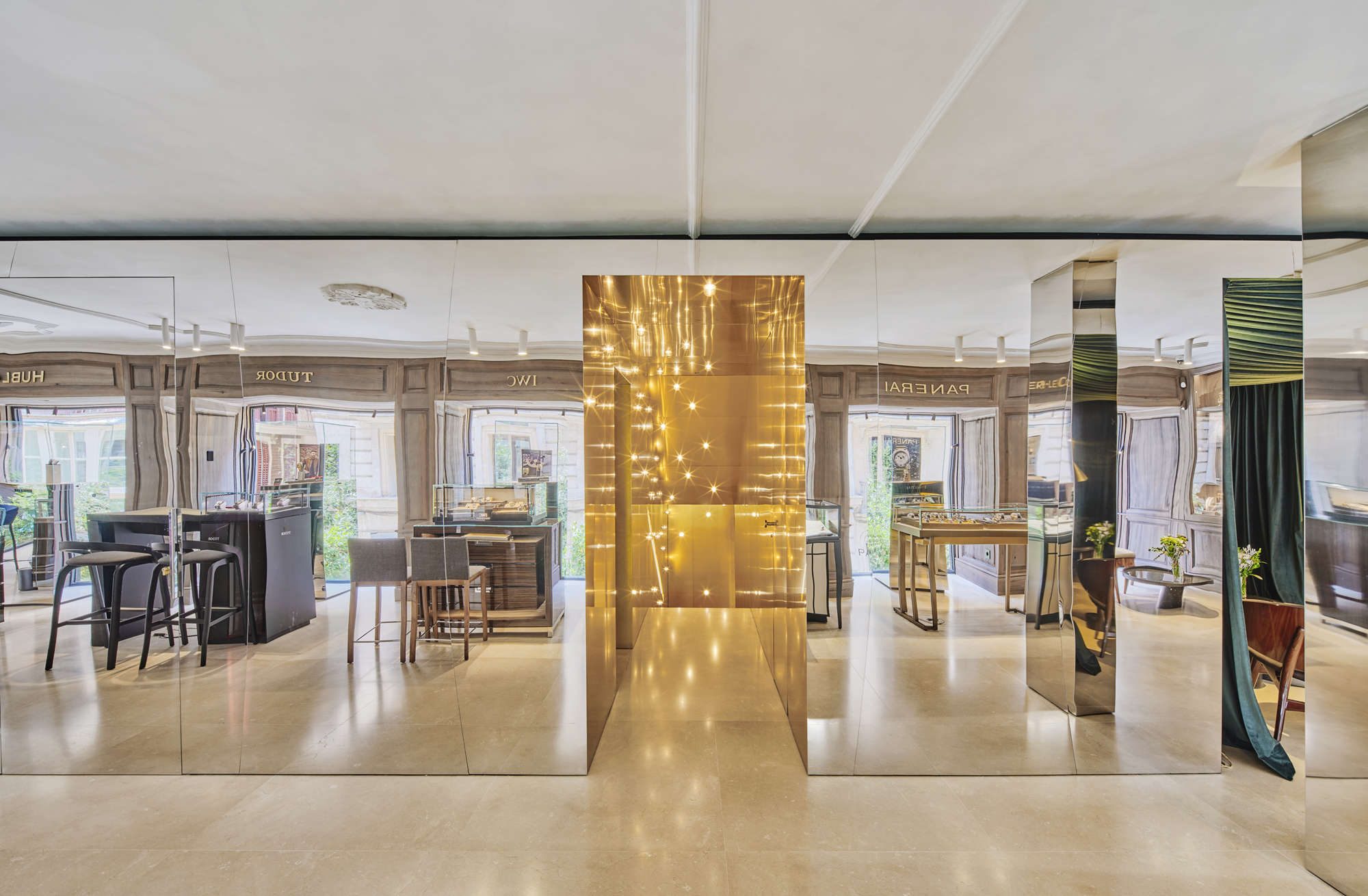 In Palma, beloved watch boutique Relojeria Alemana gets a dramatic revamp
In Palma, beloved watch boutique Relojeria Alemana gets a dramatic revampEdificio RA for Relojeria Alemana has been redesigned by OHLAB, refreshing a historical landmark in Palma, Mallorca with a 21st-century twist
By Ellie Stathaki